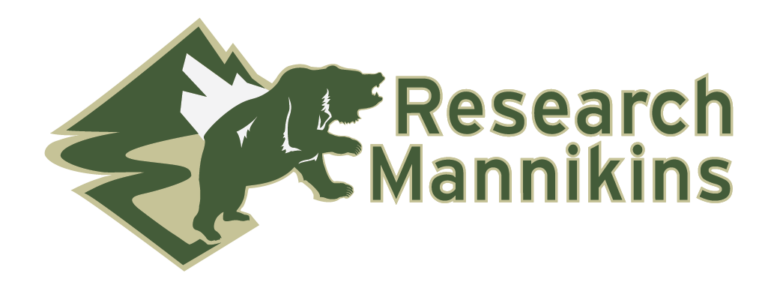Assessing the quality of your bird skin
By Stefan Savides
Don’t get caught between your client and a poor specimen. Your mount can only be as good as the bird you start with. Every project has a different set of circumstances that surrounds it. Not all birds are created equal!
The first order of business when accepting a commission is to do a thorough assessment of the bird. The problem is that many times a bird may be brought to us in a wrapped and frozen state. It is imperative that it gets unwrapped and thawed, if necessary. Chances are that the bird was poorly wrapped, with the feet and neck sticking out in a manner that makes it impossible to seal the package properly. It should be explained to a client that frozen birds are difficult, at best, to be properly assessed and you need to have a good look at the specimen once it is thawed. Only a thawed bird will reveal its true condition.
There are four major concerns that need to be considered. They, in order of likely occurrence, are pinfeathers, freezer burn, shot damage, and possible rot.
Pinfeathers, as you might know, are new feathers that have not fully matured. Any bird shot early in the season would be a likely candidate for this problem. What makes pinfeathers such a problem is that these feathers usually fall out in the mounting process because the fleshy tip of the growing feather shrivels and becomes loose. In addition there are feathers that have fallen out prior to the specimen being collected causing additional voids in the plumage.
Freezer burn, which can be equally frustrating, is caused by improper freezer storage. This problem can be avoided simply by instructing your clients how to properly wrap a bird for freezer storage. This is simply remedied by wrapping the bird in plastic and removing all the air from the packaging while making sure that the bird is folded in as tight a position as possible.
Shot damage, or trauma, can consist of feather loss, torn skin, broken feathers, shot holes, crushed skulls, broken bones etc. It’s not hard to see how these can cause problems. And the last area of concern is rot. The things to look for are strong foul odor, severely shrunken eyes, and skin or feather slippage.
Once we’ve thawed and done a thorough assessment of our project we can then advise our client as to the best possible positioning that would down play the weak points and showcase the strong points.
All of this will save us from a disappointed client many months down the road when he returns to retrieve his mount and finds that it is less than perfect. If you proceed to tell your client all that was wrong with the bird now, he may not believe you and think that you are only trying to make excuses for your poor workmanship!
Good communication is the key to a satisfied client. Careful inspection up front will make for smoother sailing down the road. Good luck!
